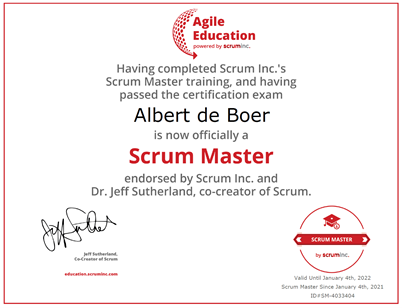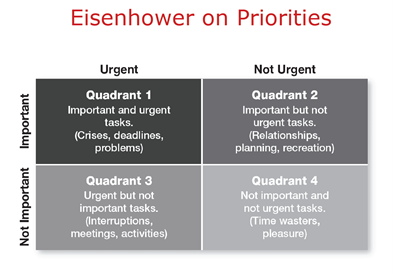An Agile Hospital? Really?
In my day-to-day work, I visit many different business and healthcare facilities. Whenever I meet with people I always ask them if they are using an Agile methodology. I am amazed at the responses. Some people return my question with a blank stare, they have no idea what I am talking about. Other people answer positively saying things such as good, or okay. I find these people have heard the terminology but do not really know what it means. Some people, however, will show me their scrum board, or use specific terminologies such as epics or sprints. These are the people I find know what Agile really is.
Do you know what Agile really is? I thought I did. However, it was not until I completed my Scrum Master training that I really found the next steps in my Agile journey.

The first step in my Agile journey was to understand the need for this methodology. I would like to explore three key steps to understand this better:
THREE KEY STEPS TO UNDERSTANDING THE NEED FOR AGILE
1. PRIORITY: There can only be one
We all believe we can multitask. For example, I love to listen to audiobooks while driving my car between meetings. However, is that multitasking? Have you ever tried writing the numbers one to one hundred on a sheet of paper while reciting the alphabet? Try it, you may be surprised! We naturally believe that by doing multiple things at once we are achieving much greater results.
The reality is that while multitasking appears to be beneficial, what is typically found is that the time taken to complete both items at the same time reduces the quality of the output and increases the total time taken to complete the task. It just doesn’t work!
2. DELIVERING WORKING PRODUCT: Don’t confuse being busy with being done
We are always so busy and never have enough time to complete our tasks. This is a reality I suffer from as well. However, when analyzing the work output of each day there are times when I can say to myself, what did I really achieve today? It seems like I was busy doing nothing!
The best way to explore this concept is to understand Eisenhower on priorities. He divided all tasks into four quadrants based on the urgency and importance of the task. When I was able to understand the concept of prioritizing tasks, I was able to remove the unnecessary work from my schedule and improve my overall output.

3. ORGANIZATIONAL OPTIMIZATION: Reducing the cost of changing your mind
The culture of an organization has a lasting impact on the limits of your team. As I continue to grow in my understanding of agile, this concept has become more and more clear to me. When I first started in business it was me directing my team. Now it has transitioned to my team directing me to achieve my purpose.
This is where most organizations fail. The team does not have a clear purpose and set goals to achieve targets. It is like a team blowing in the wind, moving whichever way it pleases. In my experience, the larger the organization the more limited the team is in influencing the end goal to achieve the company’s purpose.
A truly agile hospital will have a team that understands the entity’s purpose and has an opportunity to influence the targets and goals to make this a reality.
Do you have an Agile Hospital? Understanding these 3 key steps will help you identify the reality of your agile dreams.